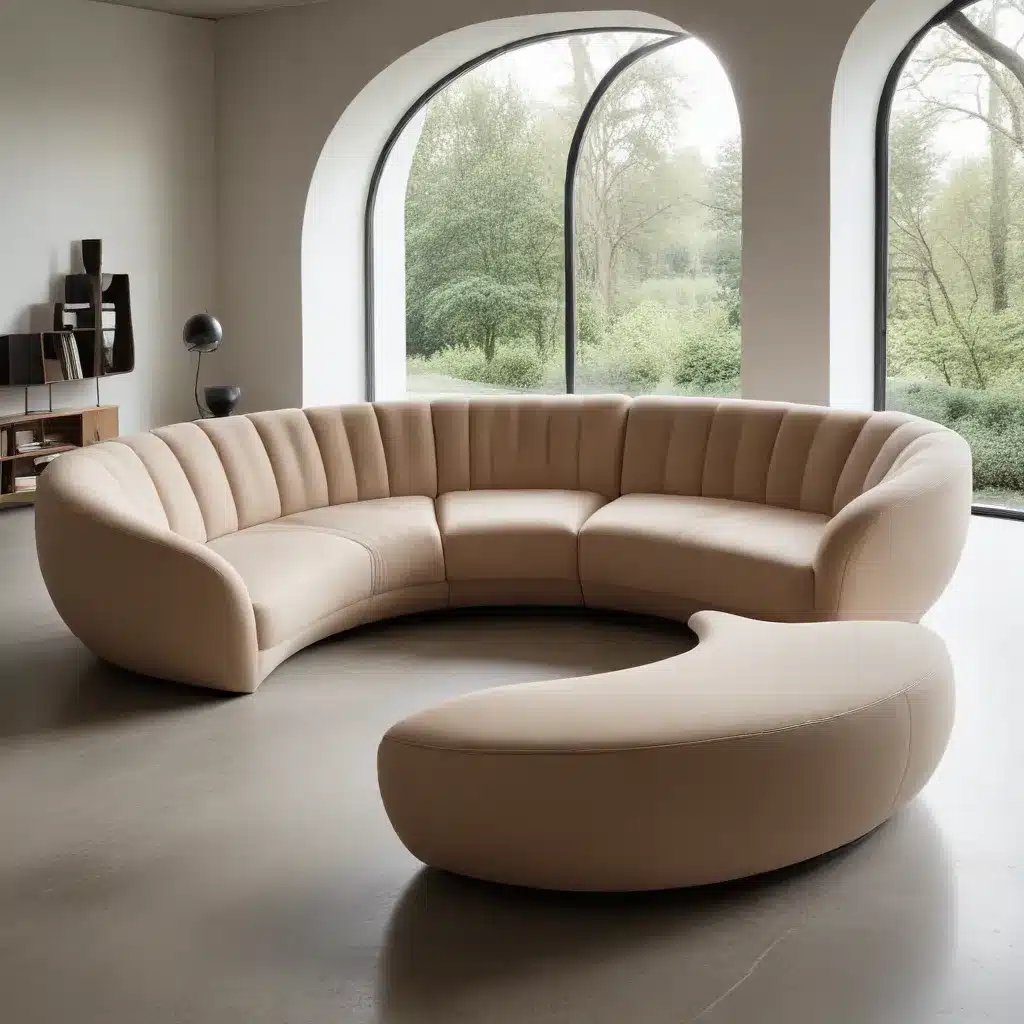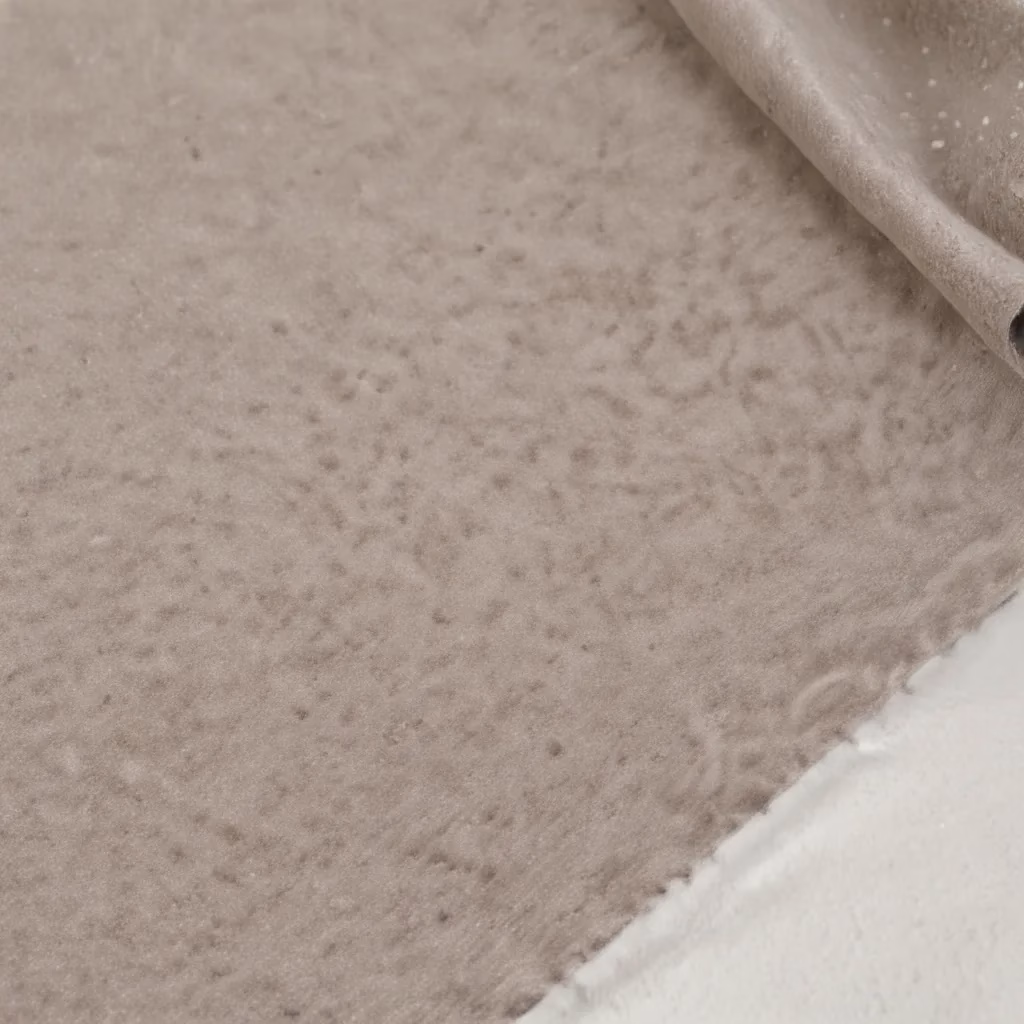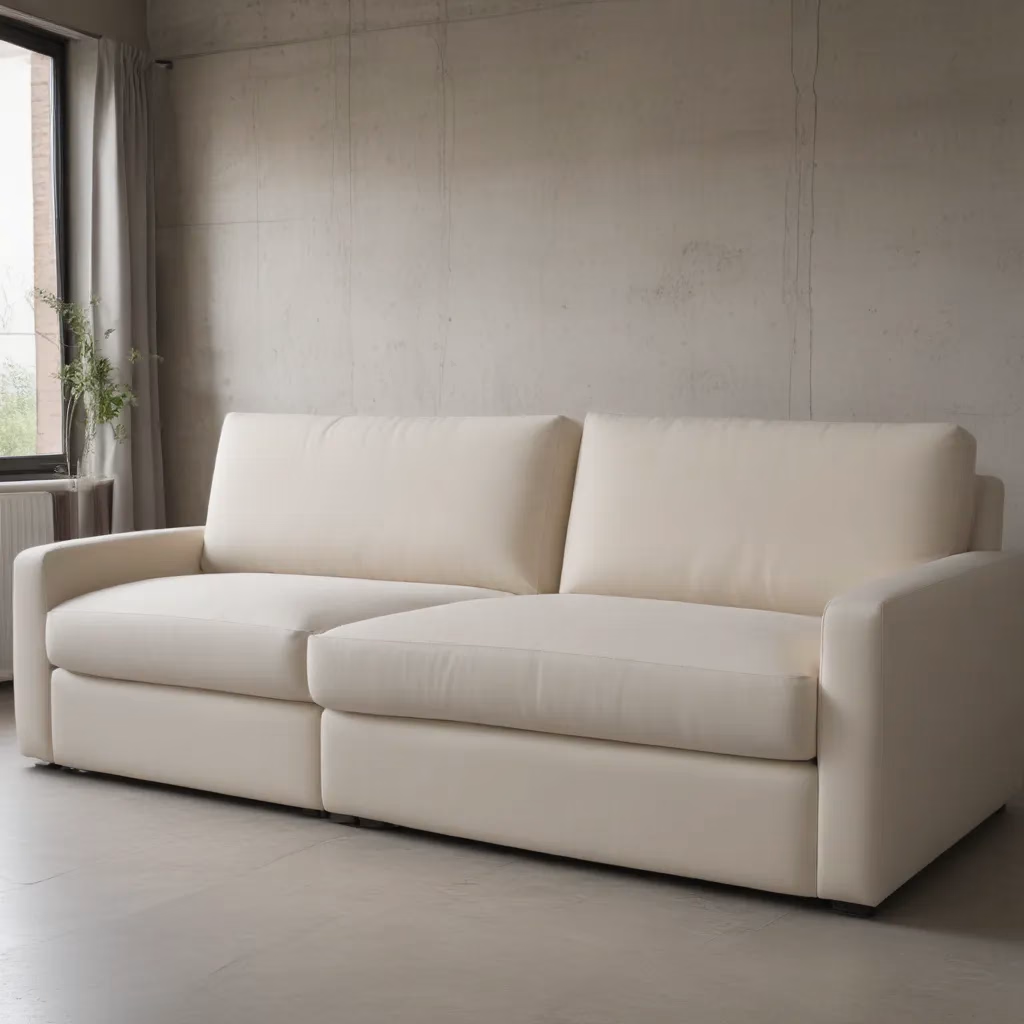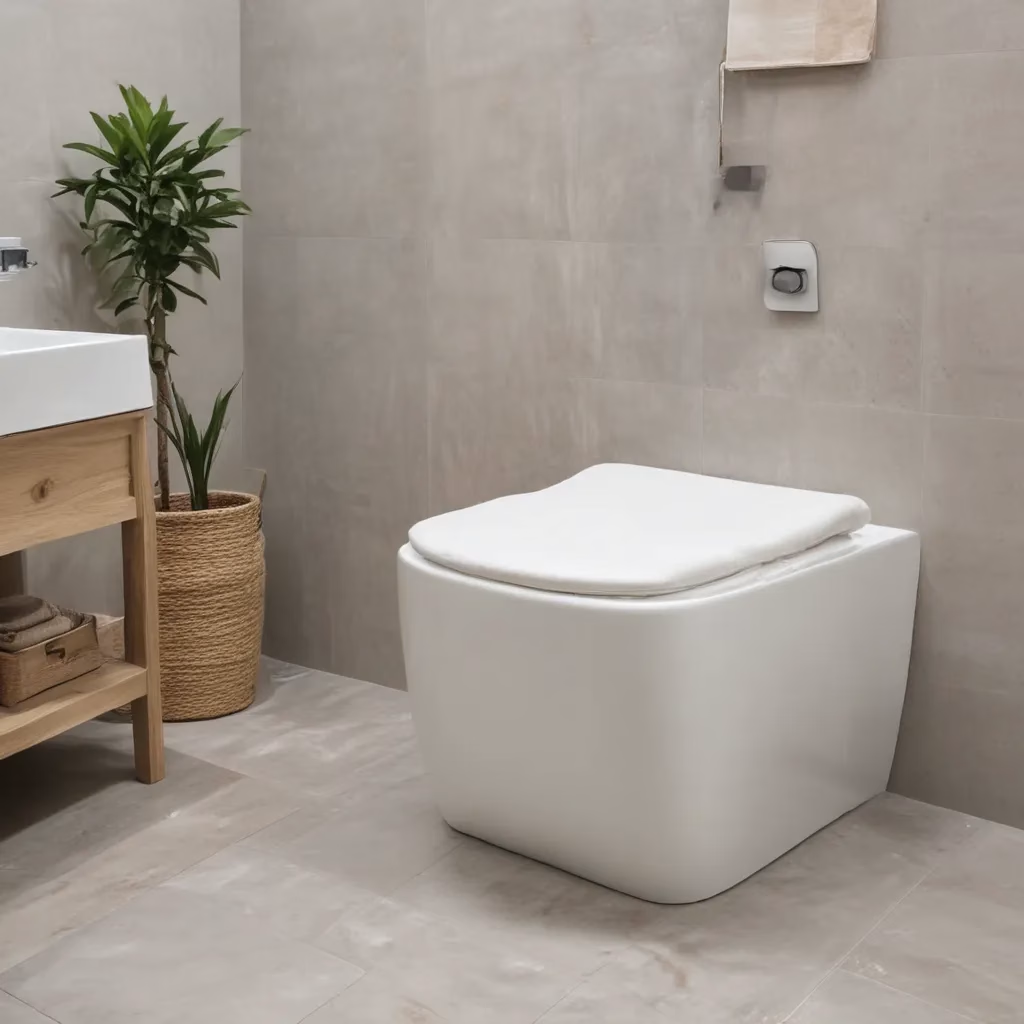
The Evolution of Sofa Design: From Function to Art
As a furniture specialist with over two decades of experience, I’ve witnessed firsthand the remarkable transformation of sofa design. What was once primarily a functional piece of furniture has evolved into a true art form, with sculptural shapes that captivate the eye and command attention in any living space.
The journey from simple, boxy sofas to the fluid, organic forms we see today has been a gradual one. In the early days of my career, most sofas were designed with practicality in mind – straight lines, sharp corners, and uniform cushions were the norm. But as interior design trends shifted towards more expressive and personalized spaces, sofa manufacturers began to experiment with unconventional shapes and silhouettes.
I remember the first time I encountered a truly sculptural sofa at a furniture expo in Milan. It was a revelation – a sinuous, undulating form that seemed to defy gravity. The designer had managed to create a piece that was both functional and visually stunning, blurring the line between furniture and art. From that moment on, I knew that the world of sofa design would never be the same.
The Appeal of Curved and Sculptural Sofas
Why have curved and sculptural sofas become so popular in recent years? As someone who has helped countless clients choose the perfect sofa for their homes, I can attest to the unique appeal of these eye-catching pieces.
Firstly, curved sofas add a sense of movement and fluidity to a room. In spaces dominated by straight lines and right angles, a sculptural sofa can provide a welcome contrast, softening the overall look and creating a more inviting atmosphere. I’ve seen how the addition of a curved sofa can completely transform a living room, turning a rigid, formal space into one that feels warm and welcoming.
Secondly, these sofas serve as conversation starters and focal points. When you walk into a room with a beautifully designed sculptural sofa, it’s impossible not to be drawn to it. I’ve had clients tell me that their curved sofa has become the centerpiece of their living room, sparking discussions and admiration from guests.
Lastly, curved sofas often offer superior comfort. The ergonomic shapes can provide better support for the body, allowing for more natural seating positions. I’ve sat on countless sofas throughout my career, and I can say with confidence that a well-designed curved sofa can be just as comfortable – if not more so – than its traditional counterparts.
Iconic Sculptural Sofa Designs That Shaped the Industry
Over the years, I’ve had the privilege of working with some truly groundbreaking sofa designs that have left an indelible mark on the furniture industry. While I can’t mention specific brand names or designers, I can describe some of the iconic shapes that have influenced the world of sculptural sofas.
One of the most recognizable designs is the S-shaped sofa. This sinuous form, reminiscent of a meandering river, creates a natural flow in any room. I remember installing one of these sofas in a client’s loft apartment – the way it curved around the open-plan space was nothing short of magical, defining separate areas without the need for walls or partitions.
Another influential design is the modular curved sofa. These versatile pieces can be arranged in various configurations, allowing for customization and adaptability. I once worked with a family who loved to entertain, and we created a stunning curved sectional that could be easily reconfigured to accommodate different group sizes and activities.
The organic, amoeba-like sofa is yet another design that has captured the imagination of both designers and homeowners. With its free-form shape and rounded edges, this type of sofa adds a touch of whimsy and playfulness to any interior. I’ve seen these sofas work wonders in both contemporary and eclectic spaces, serving as a bold statement piece that ties the entire room together.
Incorporating Sculptural Sofas into Different Interior Styles
One of the questions I’m often asked is how to integrate a sculptural sofa into various interior design styles. The beauty of these unique pieces is their versatility – with the right approach, they can complement a wide range of aesthetics.
In minimalist interiors, a curved sofa can serve as a striking counterpoint to clean lines and neutral colors. I once worked on a project where we placed a sleek, white sculptural sofa in an otherwise sparse living room. The result was breathtaking – the sofa’s organic shape added just the right amount of visual interest without overwhelming the space.
For more eclectic or bohemian-inspired rooms, a boldly shaped sofa can become the anchor that ties diverse elements together. I recall a client who had an extensive collection of global artifacts and wanted to create a cohesive living space. We chose a deep blue, wave-like sofa that echoed the curves of her collected pieces, resulting in a harmonious and inviting environment.
In traditional settings, a subtly curved sofa can add a contemporary touch without clashing with classic elements. I’ve successfully integrated gently curved sofas into Georgian-style living rooms, where they provide a modern counterbalance to antique furnishings and architectural details.
Practical Considerations When Choosing a Sculptural Sofa
While the aesthetic appeal of sculptural sofas is undeniable, there are practical aspects to consider when selecting one for your home. As someone who has guided numerous clients through this process, I can offer some valuable insights.
Firstly, consider the scale of the sofa in relation to your room. Sculptural sofas often have a larger visual footprint than traditional designs, so it’s crucial to ensure that the piece won’t overwhelm your space. I always recommend using painter’s tape to outline the sofa’s dimensions on the floor – this gives you a real sense of how it will fit in the room.
Secondly, think about the sofa’s functionality. While some sculptural designs prioritize form over function, many modern curved sofas are engineered to be just as comfortable and practical as their traditional counterparts. When I’m helping clients choose a sofa, I always encourage them to sit in it, lie down, and really test its comfort level before making a decision.
Lastly, consider the sofa’s upholstery. The fabric or leather you choose can significantly impact both the look and longevity of your sculptural sofa. For clients with children or pets, I often recommend performance fabrics that are both durable and easy to clean. For those looking to make a bold statement, I might suggest a rich velvet or a patterned textile that accentuates the sofa’s unique shape.
The Future of Sculptural Sofa Design
As we look to the future, I’m excited about the continued evolution of sculptural sofa design. Advances in materials and manufacturing techniques are opening up new possibilities for even more innovative shapes and forms.
One trend I’m particularly interested in is the integration of technology into sculptural sofas. I’ve seen prototypes of curved sofas with built-in charging stations, adjustable lumbar support, and even climate control features. These innovations promise to enhance both the functionality and comfort of sculptural designs.
Another exciting development is the use of sustainable materials in sofa construction. As environmental concerns become increasingly important to consumers, furniture manufacturers are exploring eco-friendly options for creating sculptural sofas. From recycled plastics to biodegradable foams, these materials allow for the creation of beautiful, curved forms without compromising on sustainability.
Maintaining and Caring for Your Sculptural Sofa
Once you’ve invested in a sculptural sofa, proper maintenance is key to ensuring its longevity and preserving its unique shape. Over the years, I’ve developed a set of best practices for caring for these special pieces.
Regular vacuuming is essential to prevent dust and debris from settling into the fabric and potentially altering the sofa’s shape. For leather sofas, I recommend using a soft, dry cloth to dust the surface weekly. It’s also important to rotate cushions (if applicable) to ensure even wear and maintain the sofa’s intended form.
When it comes to cleaning, always refer to the manufacturer’s instructions. Different fabrics and materials require different care approaches. For example, velvet sofas often benefit from a light brushing to restore the pile, while leather may need occasional conditioning to prevent cracking.
One tip I always share with clients is to avoid sitting on the arms or back of sculptural sofas, as this can distort their carefully designed shapes over time. Instead, encourage proper seating to maintain the sofa’s integrity and appearance.
The Impact of Sculptural Sofas on Interior Design
Throughout my career, I’ve observed how sculptural sofas have influenced broader interior design trends. These bold pieces have encouraged designers and homeowners to think more creatively about furniture placement and room layouts.
For instance, the popularity of curved sofas has led to a resurgence of circular and oval coffee tables, as these shapes complement the sofas’ fluid lines. I’ve also noticed an increase in asymmetrical room arrangements, with sculptural sofas often placed at unconventional angles to maximize their visual impact.
Moreover, the rise of sculptural sofas has sparked a renewed interest in organic forms throughout interior design. From curved walls to rounded doorways, architecture itself is beginning to echo the flowing lines of these innovative furniture pieces.
Choosing the Right Sculptural Sofa for Your Space
Selecting the perfect sculptural sofa for your home can be a daunting task, but with the right approach, it can also be an exciting and rewarding experience. As someone who has guided countless clients through this process, I have a few key pieces of advice to share.
First and foremost, consider the overall style of your space. While sculptural sofas can work in a variety of settings, it’s important to choose a piece that complements your existing decor. If you have a modern, minimalist interior, you might opt for a sleek, monochromatic curved sofa. For a more eclectic space, a boldly shaped and colorful piece could be the perfect choice.
Next, think about how you’ll use the sofa. Are you looking for a statement piece for a formal living room, or do you need a comfortable spot for family movie nights? Your lifestyle should inform your decision. I once worked with a client who loved the look of a particular sculptural sofa but found it impractical for her young family. We ended up choosing a modular curved design that offered both style and functionality.
Don’t forget to consider the flow of your room. A sculptural sofa can help define spaces within an open-plan layout, but it’s crucial to ensure that it doesn’t obstruct natural pathways. I always recommend using masking tape on the floor to outline the sofa’s footprint before making a final decision.
Lastly, trust your instincts. A sculptural sofa is a significant investment, both financially and aesthetically. Choose a piece that truly speaks to you and that you’ll be happy to see in your home every day.
The Role of Color in Sculptural Sofa Design
Color plays a crucial role in enhancing the impact of sculptural sofas. Throughout my career, I’ve seen how the right color choice can elevate a curved sofa from a mere piece of furniture to a true work of art.
Bold, saturated colors can accentuate the unique shapes of sculptural sofas, making them true focal points in a room. I once worked on a project where we placed a vibrant emerald green curved sofa in a neutral-toned living room. The result was stunning – the sofa’s color highlighted its sinuous form and instantly became the centerpiece of the space.
On the other hand, neutral tones can allow the sofa’s shape to take center stage. A cream or light gray sculptural sofa, for instance, can add visual interest through its form rather than its color. This approach works particularly well in rooms with bold artwork or statement wallpapers.
Texture also plays a role in how we perceive color on sculptural sofas. A velvet upholstery, for example, can make colors appear richer and more luxurious, while a linen fabric might give the same color a more casual, relaxed feel.
When advising clients on color choices for sculptural sofas, I always encourage them to consider the long-term appeal. While a bold color can be exciting, it’s important to choose a shade you’ll be happy with for years to come.
Sculptural Sofas in Commercial Spaces
While much of my work focuses on residential interiors, I’ve also had the opportunity to incorporate sculptural sofas into commercial spaces. These unique pieces can add character and style to offices, hotels, and public areas, creating memorable environments that leave a lasting impression on visitors.
In office lobbies, sculptural sofas can create inviting waiting areas that reflect a company’s innovative spirit. I once worked on a project for a tech startup where we installed a series of interconnected curved sofas in their reception area. The dynamic arrangement not only provided ample seating but also conveyed the company’s creative and forward-thinking ethos.
Hotels and resorts have also embraced sculptural sofas as a way to create distinctive lounging areas. In one boutique hotel project, we used a series of organically shaped sofas in the bar area, creating intimate seating nooks that encouraged conversation among guests.
Even in retail environments, sculptural sofas can play a role. High-end fashion boutiques, for instance, often use statement seating to enhance the shopping experience. I’ve seen curved sofas used effectively in dressing areas, providing a comfortable and stylish spot for companions to wait and offer opinions.
The Intersection of Art and Function
As I reflect on the evolution of sofa design, I’m struck by how these pieces have come to represent the intersection of art and function in our homes. A well-designed sculptural sofa is more than just a place to sit – it’s a statement about personal style, a reflection of contemporary design trends, and a functional element that enhances our daily lives.
The beauty of sculptural sofas lies in their ability to challenge our perceptions of what furniture can be. They invite us to rethink our spaces, to embrace curves and organic forms in a world often dominated by straight lines and right angles. As a furniture specialist, I find it endlessly fascinating to see how these pieces can transform not just a room, but the way we interact with our living spaces.
Whether you’re an interior design enthusiast or simply someone looking to add a touch of artistry to your home, I encourage you to consider the impact a sculptural sofa could have in your space. These pieces offer a unique opportunity to blend comfort, functionality, and visual appeal in a way that few other furniture items can match.
As we continue to push the boundaries of design and explore new materials and technologies, I’m excited to see how sculptural sofas will evolve in the years to come. One thing is certain – these captivating pieces will continue to command attention and spark conversation in homes and public spaces around the world.
For more inspiration and expert advice on choosing the perfect sofa for your home, whether sculptural or traditional, be sure to visit Sofa Spectacular. Our team of specialists is always ready to help you find the ideal piece to elevate your living space.



